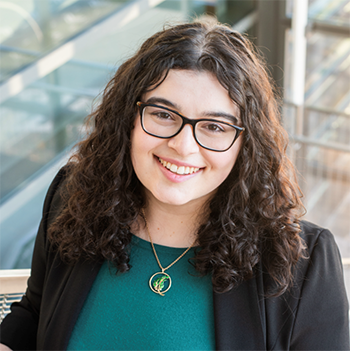
In the fifth grade, I aged out of my synagogue’s High Holidays kiddie services.
If you just heard a long groan, that was my parents, remembering the agony of attempting to get their 10-year-old daughter to sit through hours of prayer.
Countless Jewish families have faced this dilemma over the years. Many of us consider Rosh Hashanah and Yom Kippur the only two occasions when attending services is mandatory. These are the holiest days on the Jewish calendar, bookending the Days of Awe, when we welcome a sweet new year with celebration and atonement. For many, missing services isn’t an option.
But expecting children to sit through the services and quietly follow the prayers isn’t an option, either. Have you met kids? They are bright, curious, and energetic, with attention spans just a smidge shorter than the average High Holiday service. A 2023 study by Frontiers in Cognition found that children between the ages of 7 and 13 were able to maintain optimal attention for an average of less than 30 seconds. Compare this to a prayer marathon that lasts two to four hours! And kids have to sit through this twice.
In recent years, many synagogues have expanded their High Holiday options for older kids. But thousands of children, especially in sixth grade and up, are still expected to sit through High Holiday services and follow the prayers with interest. This isn’t realistic. Kids’ inability to sit through services doesn’t mean they don’t appreciate the holidays or care about Judaism. It means they’re children, sitting through hours of prayers in a language they (usually) don’t speak, surrounded by folks who seem impossibly old to them, without the screens that have become their go-to for entertainment.
Unlike an airport or a doctor’s waiting room, you can’t hand your 10-year-old a pair of headphones and an iPad in front of the bimah. But you can hand them something that will keep them entertained, encourage them to connect with Judaism, and help them absorb the services’ ancient rhythms: Jewish books.
My parents came up with this solution almost 18 years ago. Before my first adult High Holiday service, my mom gave me a copy of Anita Diamant’s “The Red Tent.” This is not a children’s book (although I sure enjoyed reading it). But reading a Jewish book, any Jewish book, during High Holiday services unlocked the experience for me. For the first time, I felt like part of the congregation. I was still sitting with my community and listening to the rabbi’s prayers, but I was connecting to Judaism in a way that felt fun, interesting, and true to my needs. I couldn’t find meaning in prayer yet, but I could find meaning in my people’s stories.
I never had trouble sitting through services again.
In the nearly two decades since I read my first High Holiday novel, Jewish children’s books have achieved something of a renaissance. There are hundreds of excellent Jewish middle grade and young adult novels—smart, sensitive, and spunky stories that resonate with Jewish kids today.
Giving books to your children to read during services is a way of telling them: “These rituals are yours, too, even if you don’t connect with them yet. You’re still Jewish and your faith is yours to embrace in ways that feel meaningful to you.” After all, one of the best things about Judaism—at least, in the Reform Movement—is that there’s no one right way to “be Jewish.” All we have to do is love and connect with it as our own.
It’s hard to think of a sweeter way to begin the new year than that.
Related Posts

What I Wish I Still Didn’t Understand

Crossing the Bridge from the Particular to the Universal


